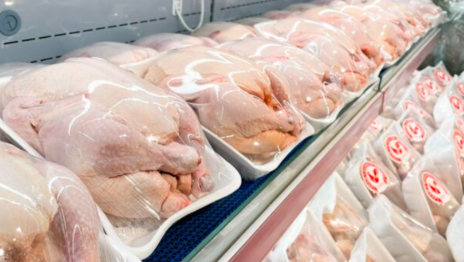
Pizza Hut, one of Britain's best-known restaurant brands, is closing dozens of its UK branches after its main franchise operator entered administration. The announcement, made on 20 October 2025, revealed that 68 dine-in restaurants and 11 delivery sites would be shut across the country.
The move affects an estimated 1,210 jobs, marking one of the largest shake-ups in the UK casual dining sector this year.
The closures follow financial difficulties faced by DC London Pie Ltd, the company that operated Pizza Hut's UK dine-in outlets under franchise. The operator fell into administration after months of economic strain, rising costs, and a winding-up petition filed by HM Revenue & Customs (HMRC) in September.
However, Pizza Hut's global parent company, Yum! Brands, has stepped in with a pre-pack administration deal to acquire 64 restaurants, saving around 1,276 jobs and ensuring parts of the business continue to trade.
A Shock Move That Caught Customers Off Guard
The announcement took both customers and employees by surprise, with many learning about the closures through social media. Pizza Hut, which first opened in the UK in 1973, has long been a fixture of family dining and high-street eating.
Its signature buffet lunches and deep-pan pizzas once symbolised the casual dining boom of the 1990s and early 2000s.
Across X (formerly Twitter) and Facebook, customers expressed disappointment and nostalgia, describing Pizza Hut as a 'childhood favourite'. Staff at several affected branches said they had been given only brief notice of the decision.
According to administrators, affected employees are being supported through redundancy and transfer options where possible.
Why Pizza Hut Is Suddenly Shutting Restaurants
The financial collapse of DC London Pie Ltd reflects the wider pressures facing the UK restaurant industry. Energy bills, rent, and food prices have risen sharply, while consumer spending on dining out has fallen due to inflation and stagnant wages. Industry analysts say this has created a 'perfect storm' for mid-tier chains like Pizza Hut that rely on high in-store traffic.
The HMRC winding-up petition reportedly accelerated the company's financial decline. Although takeaway and delivery services remain strong, the dine-in model has struggled to recover from the pandemic's long-term impact on consumer habits.
According to Sky News, the restructuring plan is expected to result in the loss of more than 1,200 jobs as the chain consolidates its UK operations. The closures primarily affect dine-in Pizza Hut restaurants, while most delivery and collection branches remain open.
Yum! Brands confirmed it had bought back a selection of profitable outlets to maintain its UK presence. A spokesperson said the move was designed to 'protect jobs and preserve the customer experience at key sites'.
The Hidden Truth Behind the Closing List
While the closures are being described as a restructuring, the pattern reveals a deeper shift in the company's strategy. Many of the branches listed for closure are older high-street locations or those in struggling retail parks. By contrast, the outlets retained by Yum! Brands tend to be high-performing city or delivery-focused sites.
This suggests Pizza Hut is transitioning from a traditional sit-down model to a delivery-first business, aligning with broader consumer demand for convenience and online ordering.
Analysts note that dependence on franchise operators has made the brand more vulnerable to local financial troubles. The collapse of DC London Pie Ltd highlights the fragility of this structure within the UK market.
What the Closures Mean for Britain's Dining Scene
Pizza Hut's retreat highlights the wider crisis in Britain's casual dining sector, with chains such as Prezzo, Frankie & Benny's, and Chiquito also cutting back amid rising costs and weaker spending.
While many dine-in sites are closing, Pizza Hut remains active through its delivery arm and promotions like 'Hut Wednesdays' and the Cheeseburger Pizza range.
The closures mark a turning point for one of the UK's most recognisable restaurant brands, signalling the end of an era for its classic red-roof outlets.
Originally published on IBTimes UK















